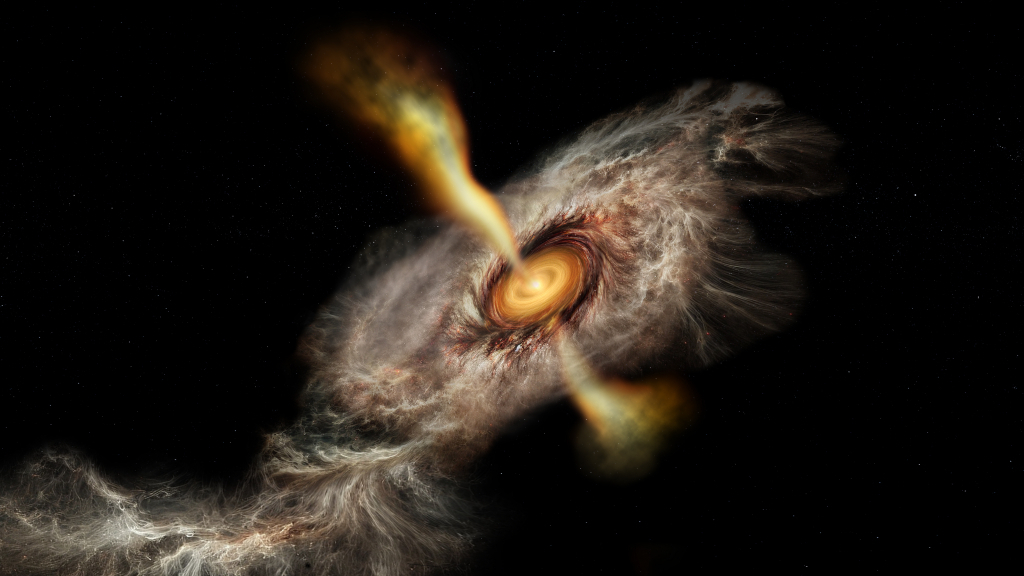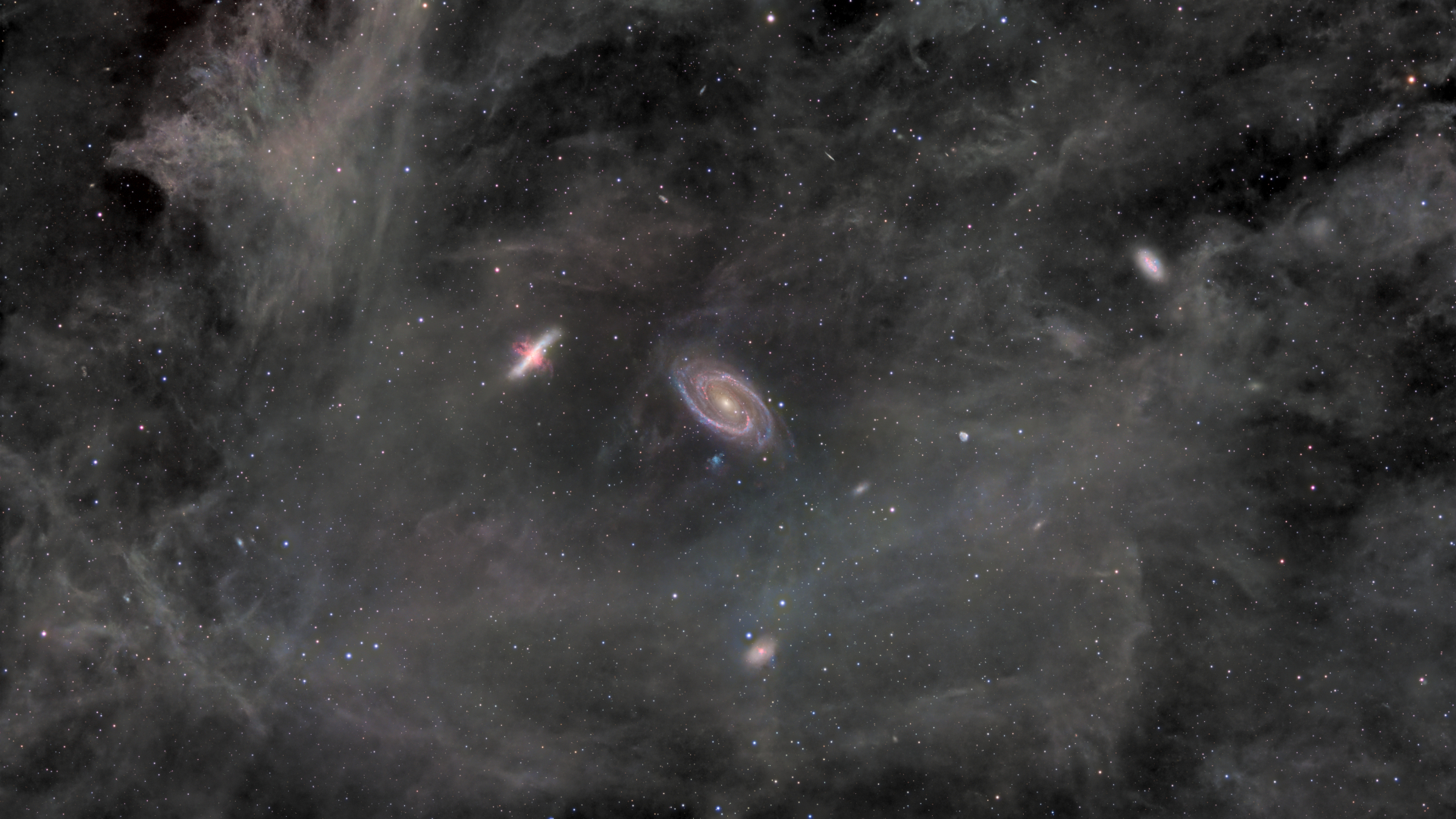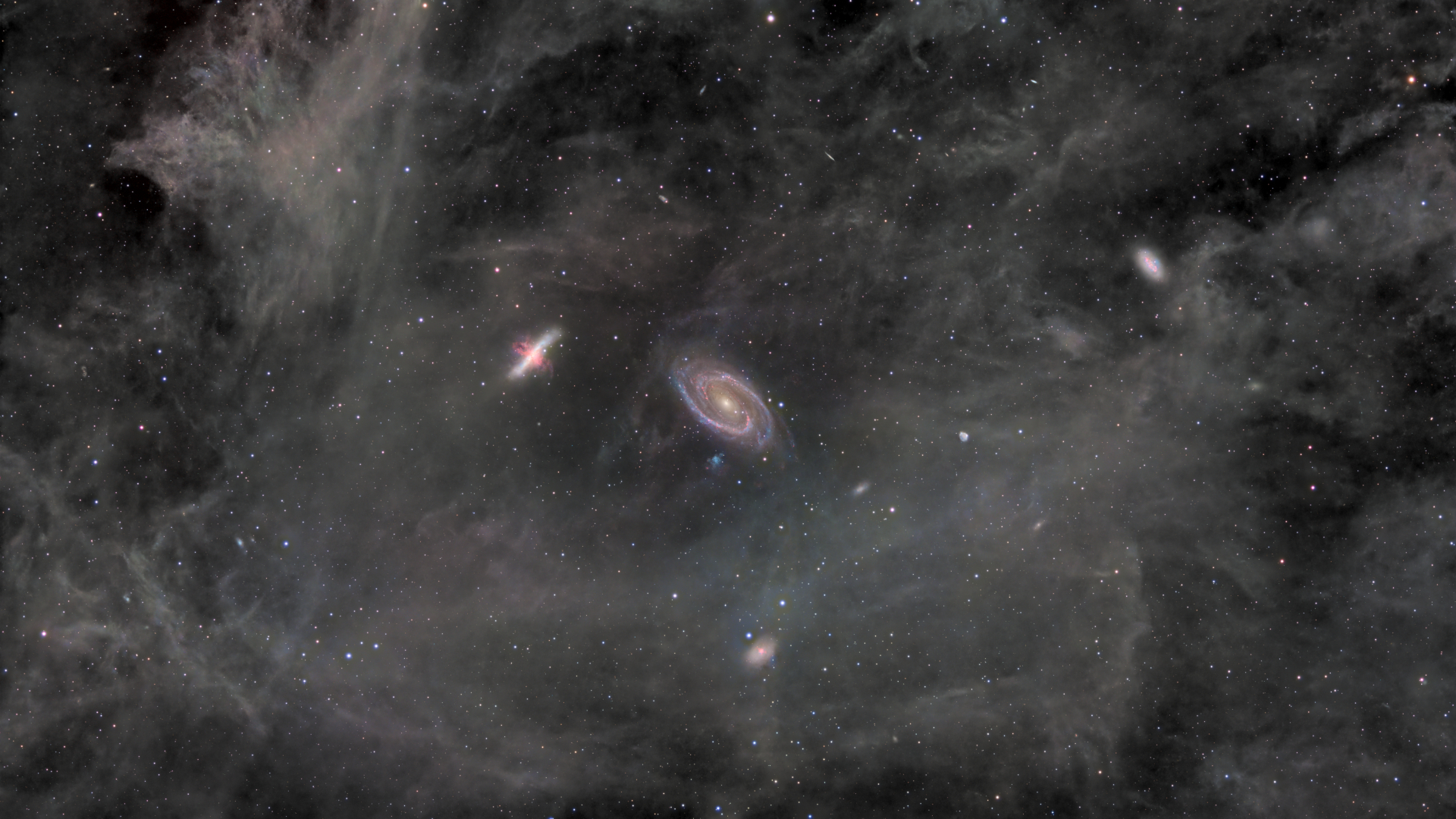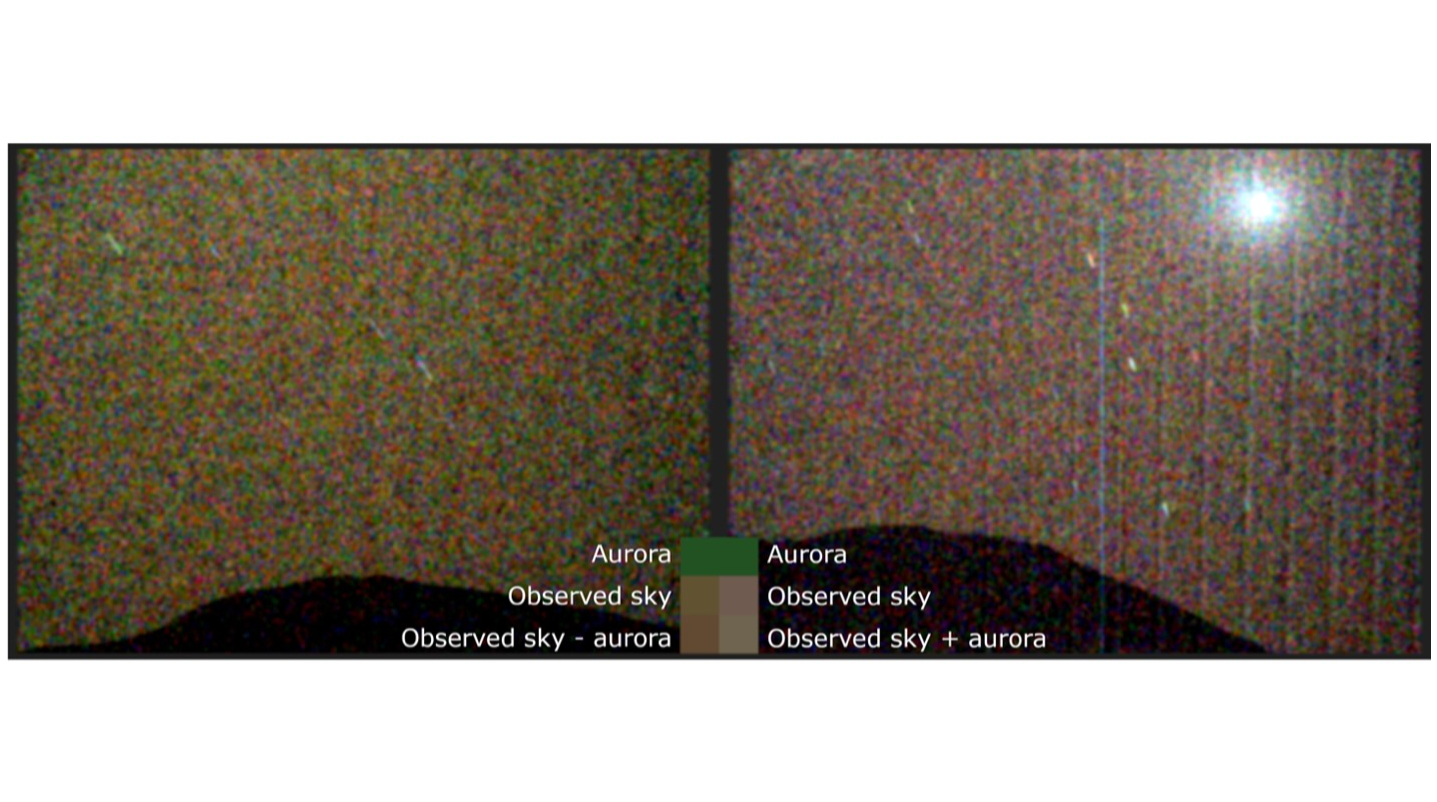-
Can we actually build a thriving economy on and around the moon?

COLORADO SPRINGS, Colorado — Cashing in on a cislunar economy is ballyhooed by space exploration advocates. Cislunar space — the region extending from our planet to the moon — is getting a lot of attention these days, as more and more spacecraft make their way to Earth’s nearest neighbor. But what needs to happen to…
-
Black hole dance illuminates hidden math of the universe

Scientists have made the most accurate predictions yet of the elusive space-time disturbances caused when two black holes fly closely past each other. The new findings, published Wednesday (May 14) in the journal Nature, show that abstract mathematical concepts from theoretical physics have practical use in modeling space-time ripples, paving the way for more precise…
-
US Representatives worry Trump’s NASA budget plan will make it harder to track dangerous asteroids

On Thursday (May 15), the U.S. House Committee on Space, Science and Technology convened with scientists to discuss a rather exciting topic: What can NASA do if we identify a dangerous asteroid on a collision course with Earth? It was an especially prudent subject given all the recent fuss about asteroid 2024 YR4, which had…
-
Giant young star is growing by 2 Jupiter masses every year, new study shows

Astronomers have captured the clearest view to date of a massive young star gulping down swirling gas, offering a rare glimpse into how these cosmic titans grow to their enormous sizes. The star in the making, known as HW2, is about 10 to 20 times as massive as our sun and lies about 2,300 light-years…
-
Solar storms and cyberattacks can both cause blackouts. Knowing the difference could save billions of dollars

Space weather and cyberattacks can cause similar disruption to our civilization’s indispensable technology systems. Telling one from the other swiftly and reliably can make billions of dollars’ worth of difference to economies that could grind to a halt when such disruptions occur. Shortly after noon on April 28, the whole of Europe’s Iberian Peninsula plunged…
-
Amateur astronomer captures Cigar Galaxy and Bode’s Galaxy swimming in a spectral nebula (photo)

Bode’s Galaxy (M81) can be seen shining in the center of this cosmic vista captured by amateur astronomer Greg Meyer, with the irregularly-shaped Cigar Galaxy (M82) close to its left, against the swirling clouds of a faint integrated flux nebula. (Image credit: Greg Meyer) Astrophotographer Greg Meyer has captured a striking cosmic vista featuring the…
-
Amateur astronomer captures Cigar Galaxy and Bode’s Galaxy swimming in a spectral nebula (photo)

Bode’s Galaxy (M81) can be seen shining in the center of this cosmic vista captured by amateur astronomer Greg Meyer, with the irregularly-shaped Cigar Galaxy (M82) close to its left, against the swirling clouds of a faint integrated flux nebula. (Image credit: Greg Meyer) Astrophotographer Greg Meyer has captured a striking cosmic vista featuring the…
-
Perseverance Mars rover becomes 1st spacecraft to spot auroras from the surface of another world

NASA’s Perseverance rover just made skywatching history. The car-sized Perseverance spied auroras in Mars’ skies in mid-March, becoming the first-ever spacecraft to witness such a light show from the surface of another planet. “This exciting discovery opens up new possibilities for auroral research and confirms that auroras could be visible to future astronauts on Mars’…
-
Scientists calculate when the universe will end — it’s sooner than expected

As the story of our cosmos moves forward, stars will slowly burn out, planets will freeze over, and black holes will devour light itself. Eventually, on timescales so long humanity will never witness them, the universe will fade into darkness. But if you’ve ever wondered exactly when it all might end, you may find it…
-
Here’s why the private Athena lunar lander toppled over on the moon

We now know why the private Athena lander toppled over on the moon earlier this year. Athena, the second lunar lander built and operated by Houston company Intuitive Machines, fell onto its side shortly after touching down near the lunar south pole on March 6. Athena’s solar panels couldn’t harvest enough sunlight in this orientation,…